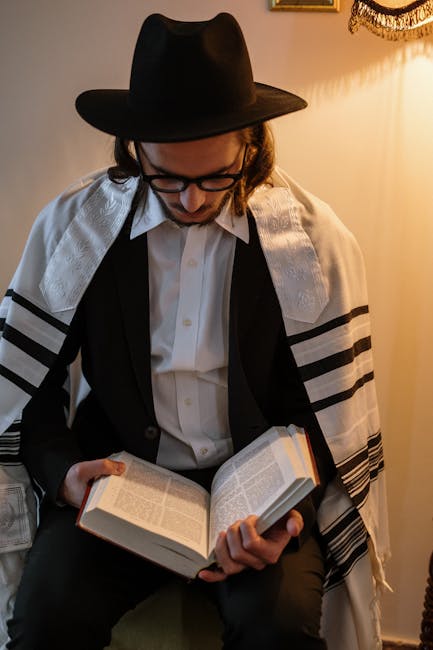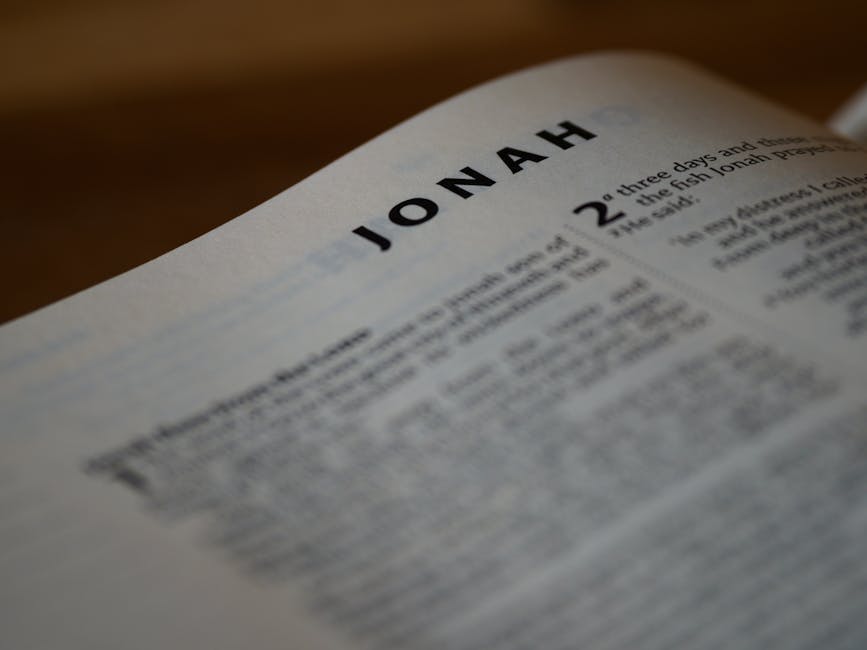Understanding Halakha: The Body of Jewish Law
Halakha (הלכה), often translated as “the way” or “the path,” forms the bedrock of Jewish religious law. It’s a complex and multifaceted system encompassing a vast array of commandments, regulations, and interpretations that govern virtually every aspect of Jewish life, from dietary laws and Sabbath observance to family matters and ethical conduct. This guide delves into the intricacies of Halakha, exploring its sources, development, and ongoing relevance in the modern world.
The Sources of Halakha: A Multi-Layered Tradition
Halakha isn’t a static, monolithic code; rather, it’s a dynamic body of law that has evolved over millennia. Its primary sources are the:

- Tanakh (Hebrew Bible): The foundational text, containing the 613 mitzvot (commandments), forms the basis for much of Halakha. These commandments are not always explicitly detailed, however, requiring interpretation and application.
- Mishnah (משנה): Compiled around 200 CE, the Mishnah codified the oral tradition, clarifying and expanding upon the biblical commandments. It’s structured thematically into six orders, each further subdivided into tractates.
- Gemara (גמרא): The Gemara, meaning “completion” or “learning,” represents centuries of rabbinic discussions and debates surrounding the Mishnah. The Gemara, combined with the Mishnah, forms the Talmud, which exists in two major versions: the Babylonian Talmud and the Jerusalem Talmud.
- Poskim (פוסקים): Throughout history, leading rabbis known as Poskim have interpreted and applied the Talmudic teachings to contemporary issues. Their rulings (psakim) have shaped the ongoing development of Halakha.
- Responsa Literature (שו”ת): Rabbis have responded to specific legal questions posed by individuals and communities over the centuries. This voluminous collection of responsa provides a rich source of legal opinions and interpretations.
The Role of Interpretation and Debate
Understanding Halakha requires acknowledging the central role of interpretation. The Talmud, in particular, isn’t a straightforward legal code but rather a record of intense intellectual debate and argumentation among rabbis. Different schools of thought emerged, leading to diverse interpretations of the same laws.
Key Areas of Jewish Law
Halakha encompasses an incredibly wide scope, touching upon numerous facets of Jewish life. Some major areas include:
Kashrut (Dietary Laws):
Kashrut, often called kosher, regulates the consumption of food. It specifies which animals are permissible, how they must be slaughtered, and how food must be prepared and handled to maintain its kosher status.
Shabbat and Yom Tov Observance:
Halakha meticulously outlines the regulations for observing the Sabbath (Shabbat) and Jewish holidays (Yom Tov). This includes restrictions on work, travel, and the use of certain technologies.
Family Law:
Jewish family law governs marriage, divorce, and inheritance. It dictates the procedures and requirements for entering into a Jewish marriage, as well as the processes for divorce and the division of assets.
Ritual Purity (Taharat HaMishpacha):
Taharat HaMishpacha deals with laws of ritual purity, particularly related to menstruation and childbirth. These laws are rooted in ancient practices and have undergone significant interpretation and adaptation over time.

Tefillin and Tzitzit:
These are ritual objects: Tefillin (phylacteries) are small leather boxes containing biblical verses worn during morning prayers, and Tzitzit are ritual fringes worn on garments.
The Evolution and Adaptation of Halakha
Halakha is not a frozen system. Throughout history, rabbis have grappled with new challenges and adapted existing laws to fit changing circumstances. The encounter with modernity posed significant challenges, leading to a wide range of responses within the Jewish community. Some emphasize adherence to traditional interpretations, while others advocate for more flexible and contextual approaches.
Different Halakhic Approaches
Within the broad umbrella of Halakha, different approaches and interpretations exist. These often reflect differing philosophies and priorities. Some major distinctions include:
- Orthodox Judaism: Generally adheres to a traditional interpretation of Halakha, emphasizing the authority of the Talmud and subsequent rabbinic rulings.
- Conservative Judaism: Seeks a balance between traditional Halakha and adapting to modern contexts, often allowing for a wider range of interpretations.
- Reform Judaism: Emphasizes ethical and social justice principles, often interpreting Halakha in a more flexible and less binding manner.
- Reconstructionist Judaism: Views Halakha as an evolving system of laws, emphasizing the importance of communal decision-making and adapting to changing societal needs.
The Ongoing Relevance of Halakha
Despite its ancient origins, Halakha remains a central element of Jewish life for many. It provides a framework for ethical decision-making, communal cohesion, and a sense of continuity across generations. Its ongoing study and interpretation ensure its continuing relevance in the modern world. The complexities and challenges of applying Halakha to contemporary issues continue to fuel intellectual debate and discussion, highlighting its enduring vitality.

Conclusion
The body of Jewish law, Halakha, is a vast and intricate system that has evolved over centuries. Understanding its sources, evolution, and diverse interpretations provides essential insight into the rich tapestry of Jewish religious life. Its ongoing relevance underscores its profound impact on individuals and communities across the globe.

